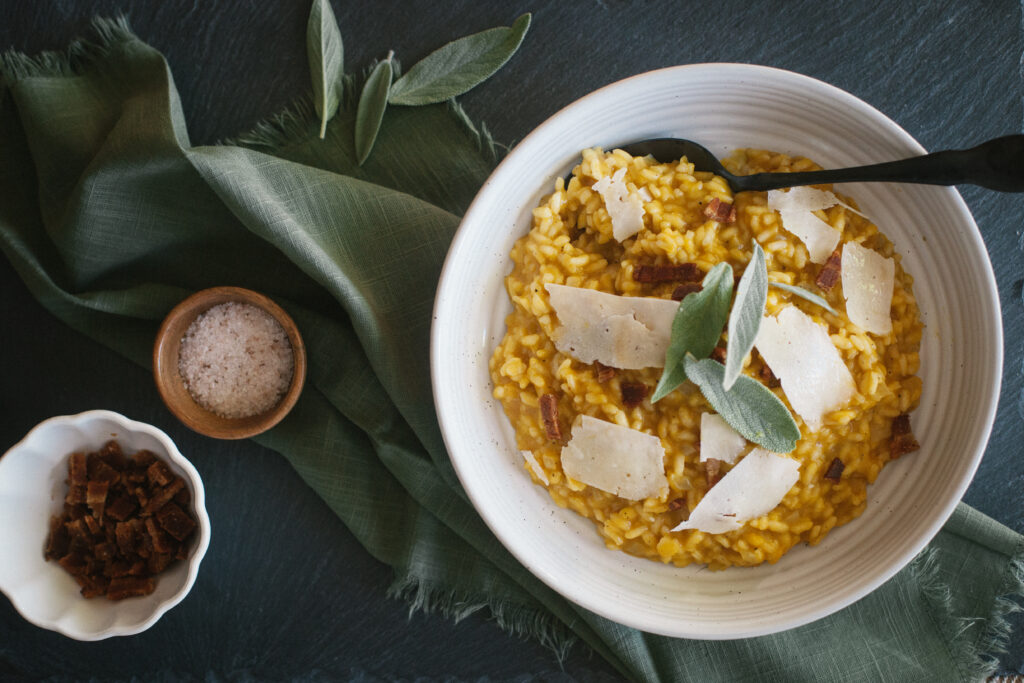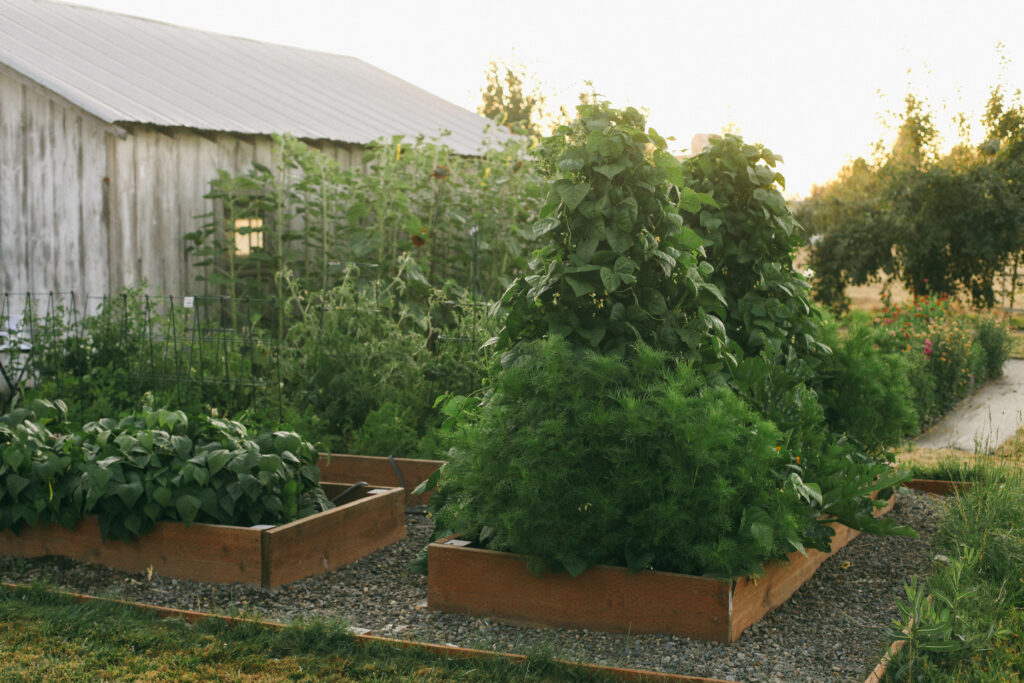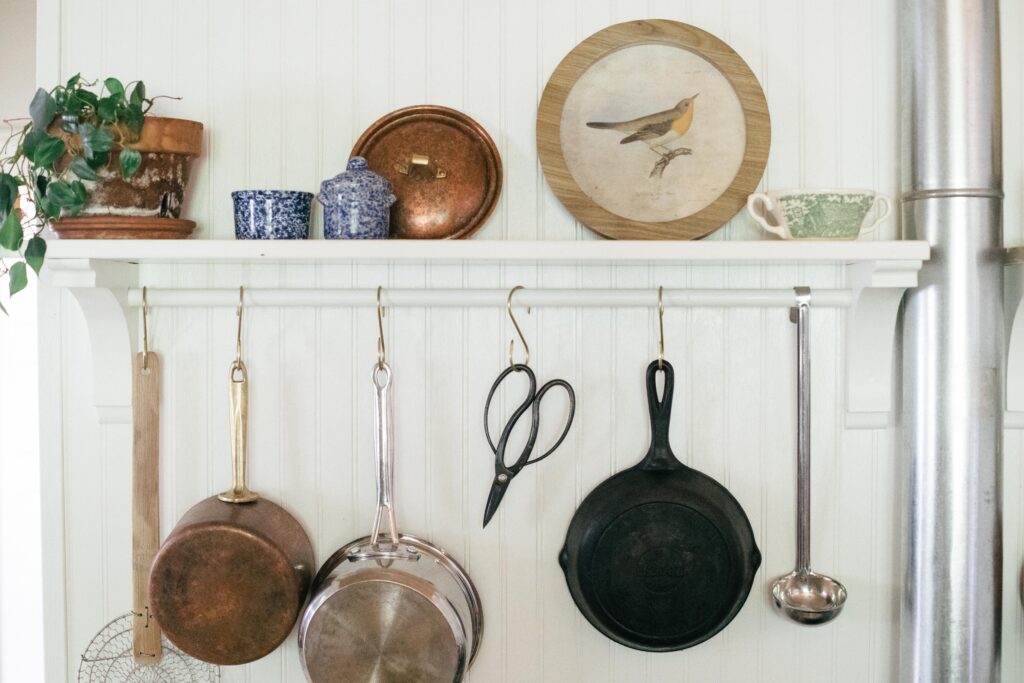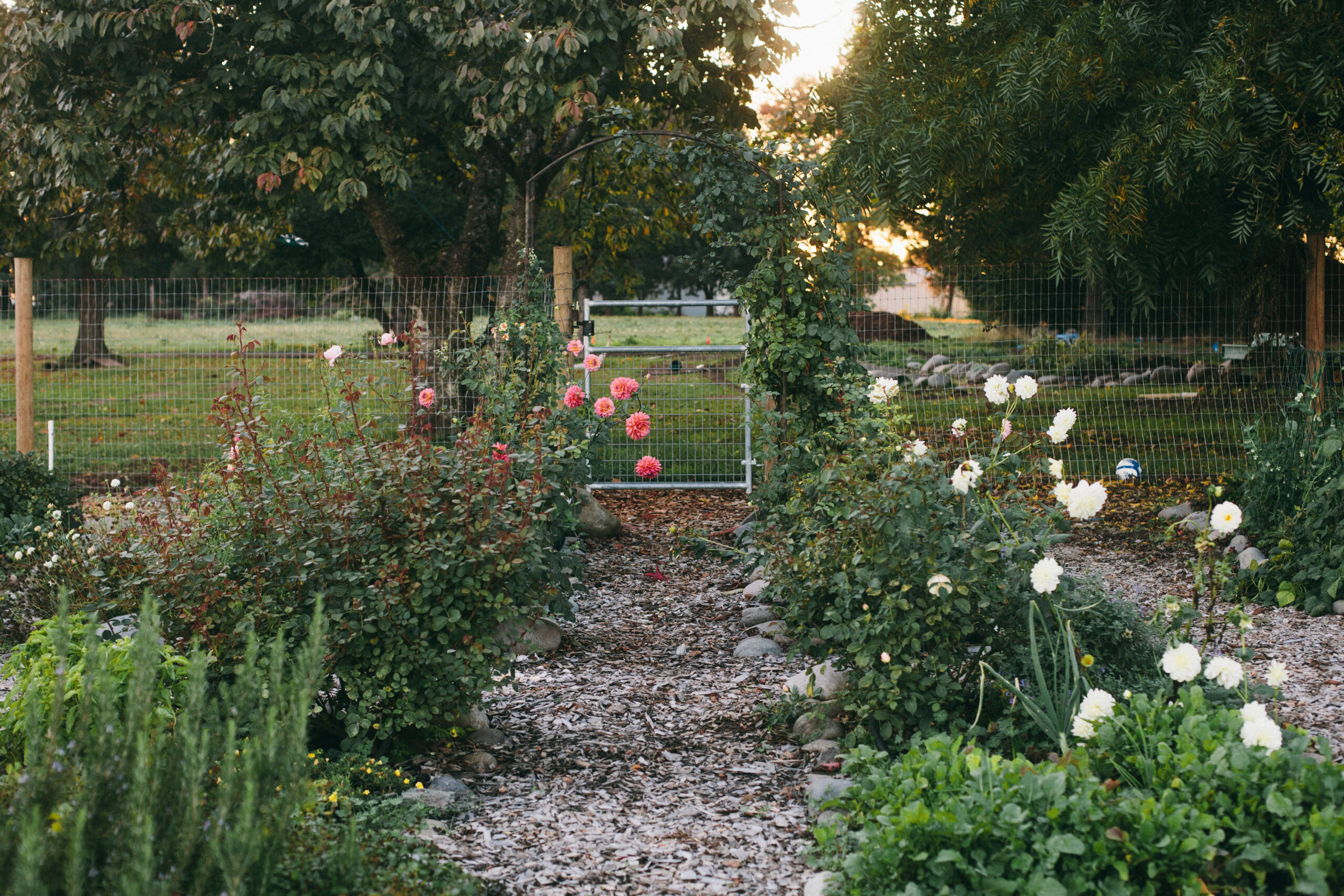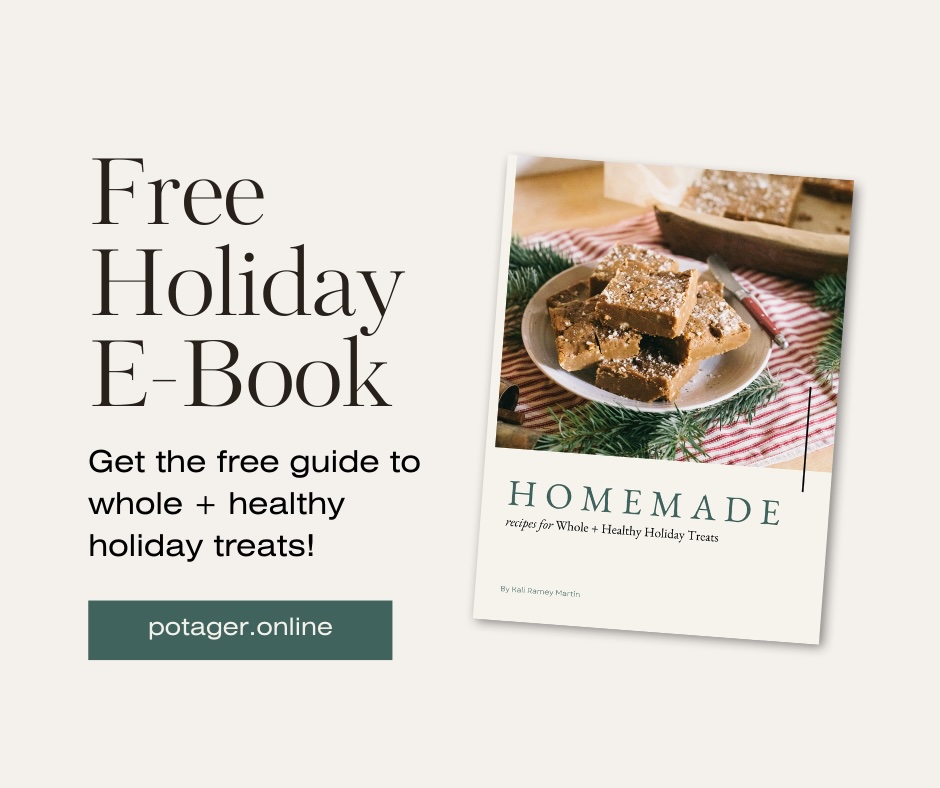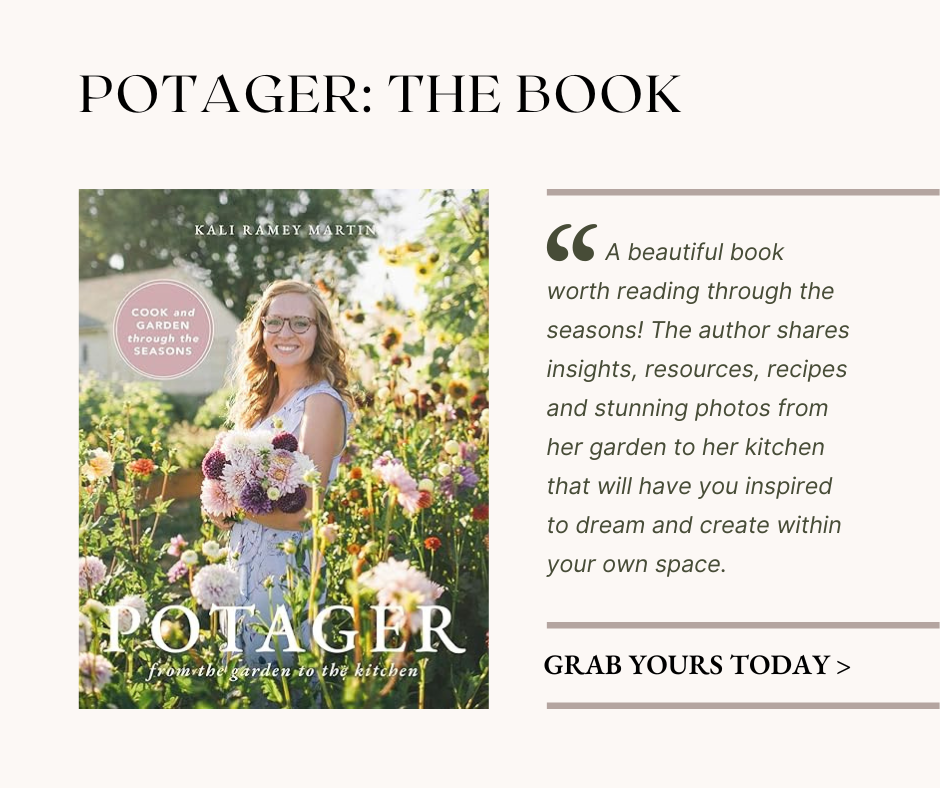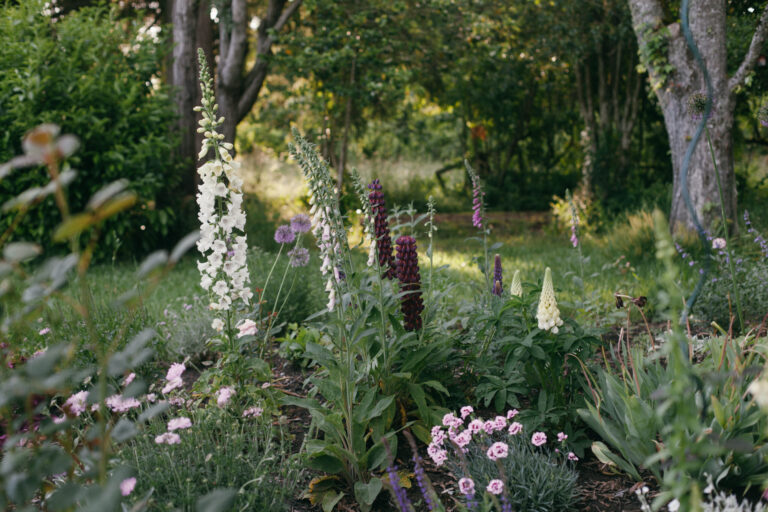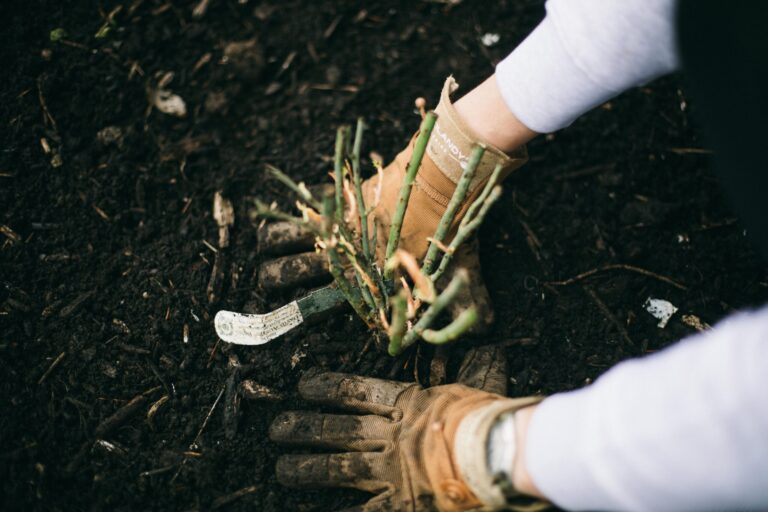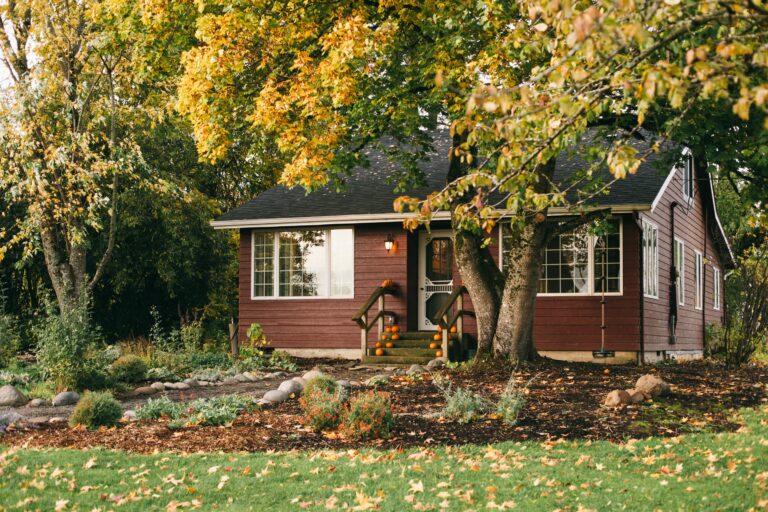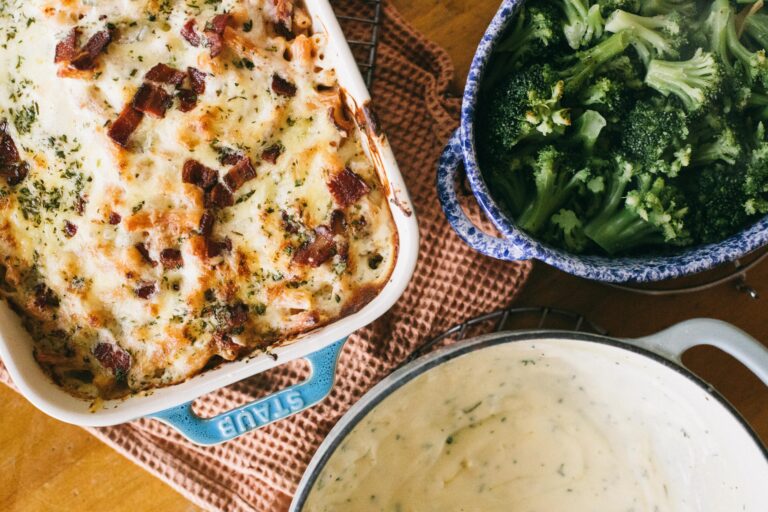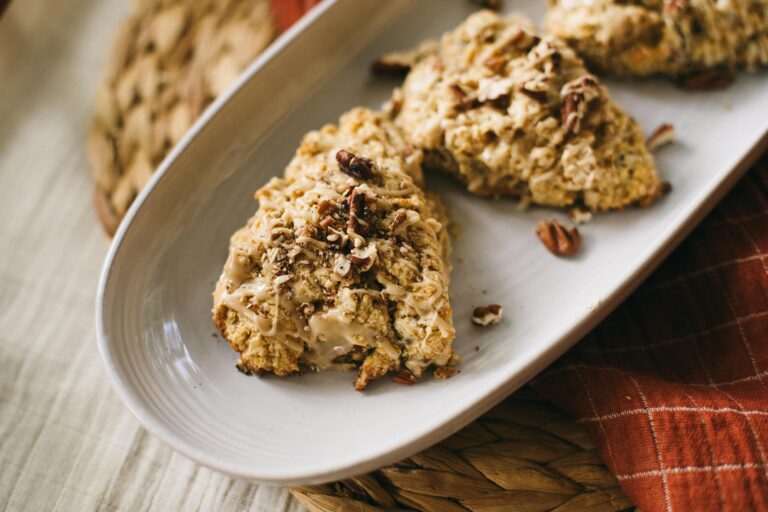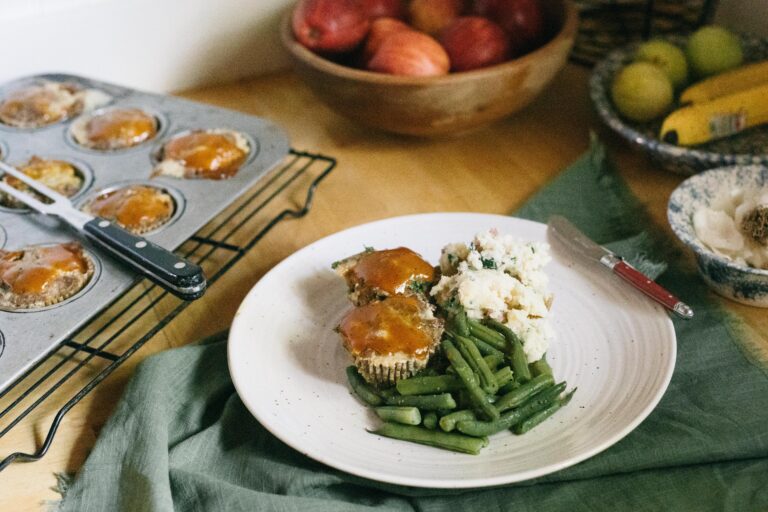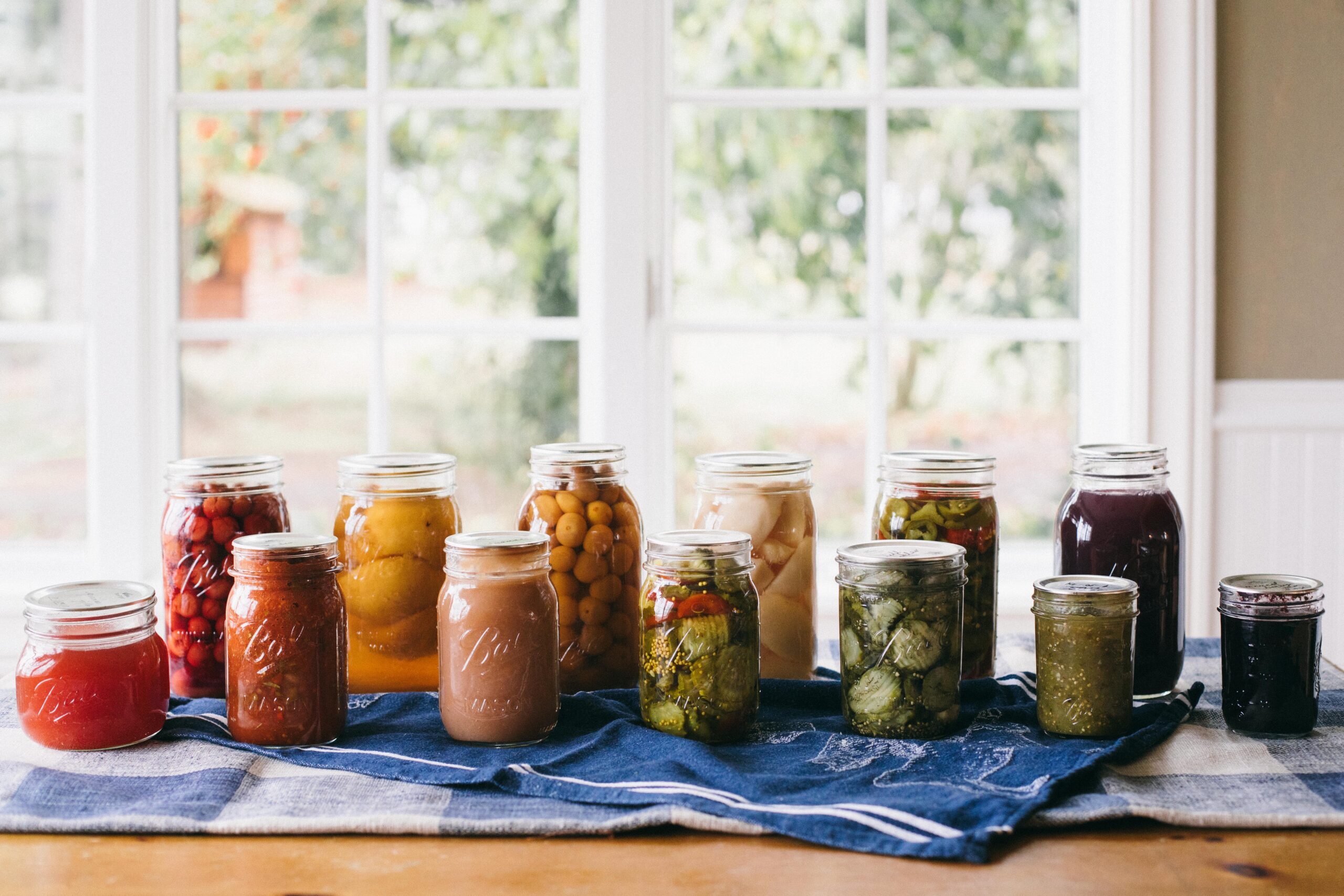
Have you ever spent hours peeling, blanching, pitting, saucing, cooking and canning something from your garden, only to watch it collect dust on your shelves all year long? I sure have. Many, many times in fact. It’s so easy to be tempted by pretty recipes in canning cookbooks, or fall victim to an aesthetic post on Pinterest. There’s just so much beautiful canned food out there! But how do you make garden preserves you’ll actually eat?
I’ve learned a few tips and tricks for just this over the years, and I’m going to share them with you today!
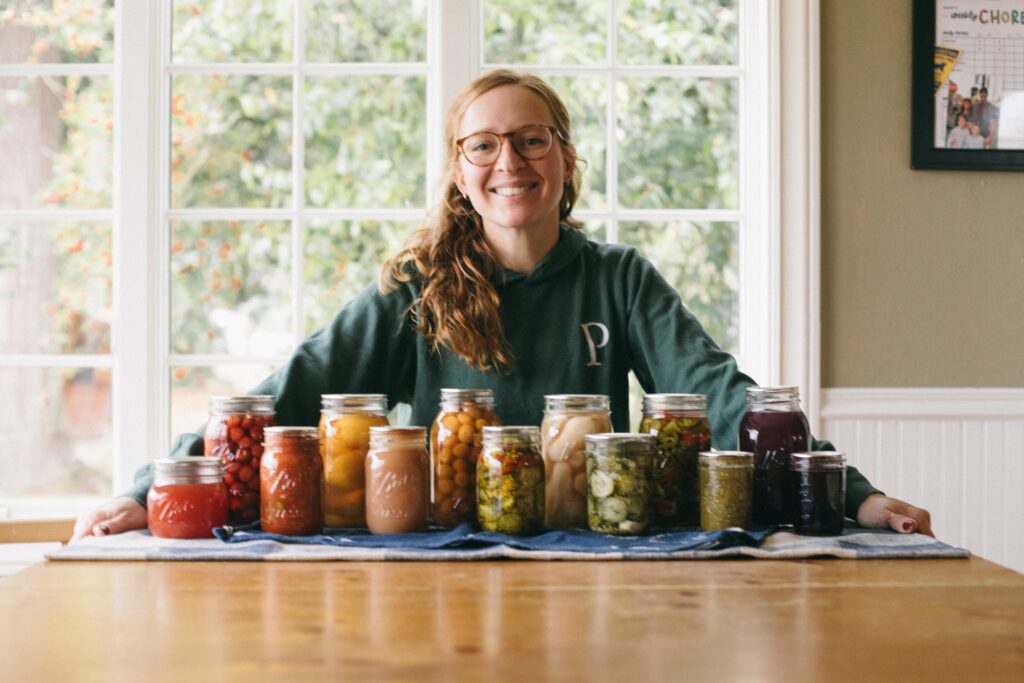
How to choose which preserves to make
Here’s a few questions you can ask yourself when wondering whether or not to attempt a canning recipe:
- Would you buy it from the store? A sure fire way to make sure your canned goods will be eaten is to ask yourself if you would buy the item from the store. Look at your condiments. Look at your canned goods in the pantry. Are there store bought items that you could easily replace with preserves grown in the garden? Items like applesauce, jam, ketchup, green beans, corn and salsa, are all easy canned goods you could make instead of purchase.
- Do you have a good source? Do you have the space in your garden to grow tomatoes for salsa, ketchup or crushed/diced tomatoes? Do you have access to a neighbor’s apple tree or grandma’s blueberry bushes? Canning can get expensive real quickly if you have to purchase all of the ingredients, so I’d make sure you have an inexpensive source for the required produce.
- Does at least half of your family like it? Here’s the truth of the matter, it’s probably not worth your time to can or preserve it if your family doesn’t love it. I’ve tried half a dozen plum recipes over years, but the cold hard fact is nobody in my family likes plums. The jars sit in my pantry taking up space, and taking up valuable jars I could have used for something else.
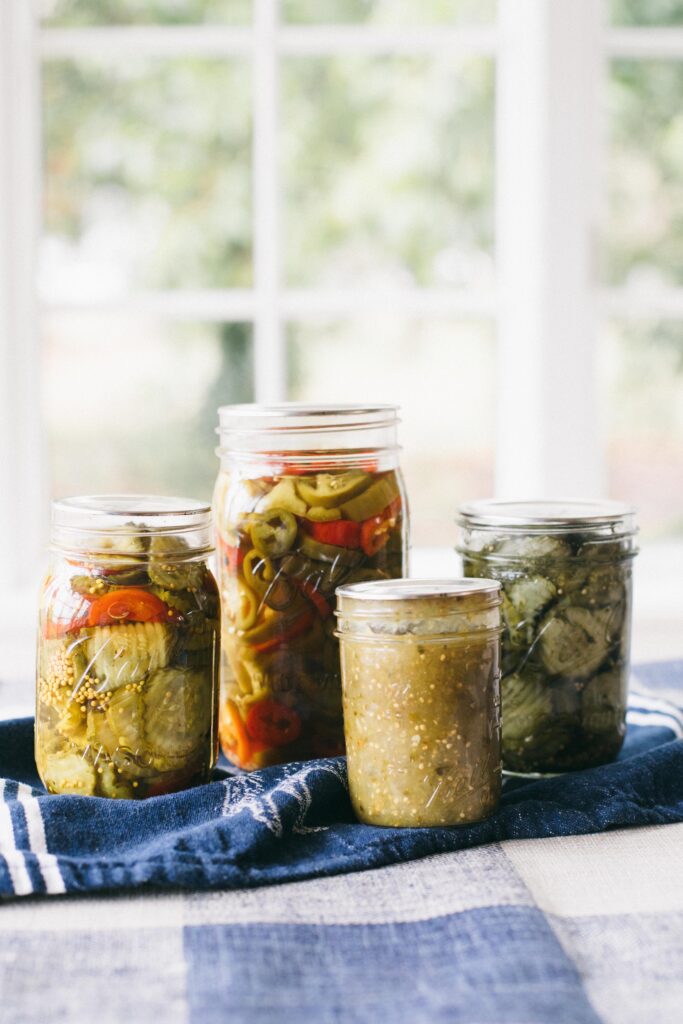
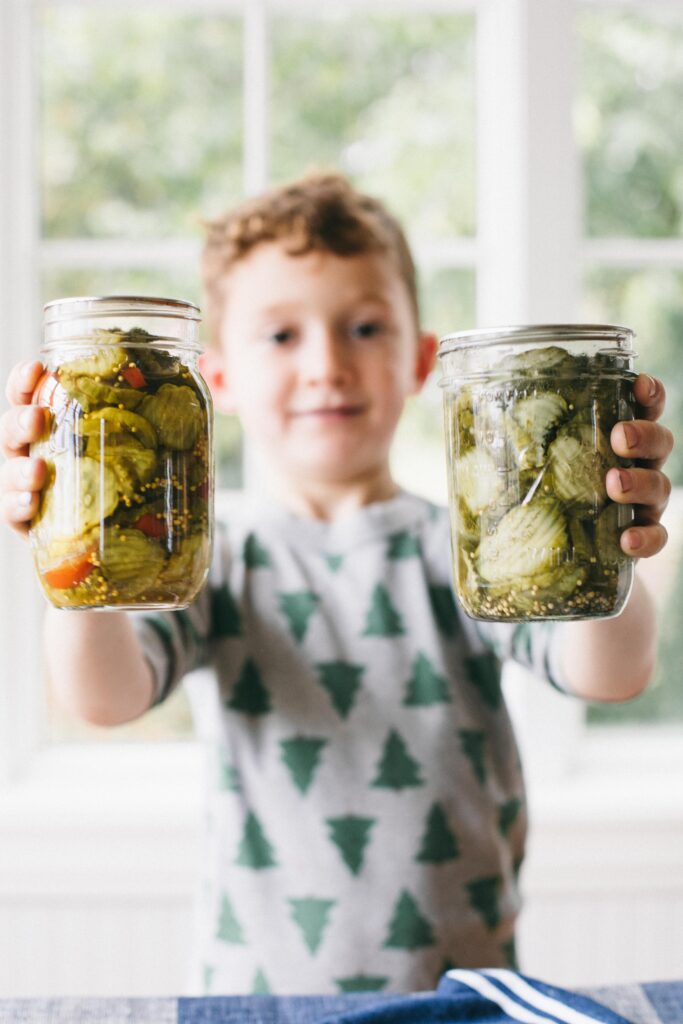
Avoid preserving burnout
The reality of canning and preserving is that it can be utterly exhausting. Garden produce has a propensity to ripen all at once. More than a few times I’ve found myself drowning in mountains of tomatoes, running myself ragged trying to get through them all before the fruit flies do. Here’s a few tips for avoiding the burnout that can come in late summer/early fall:
- Utilize the freezer. Whenever I’m harvesting something I know I will be canning- like tomatoes- but there’s not enough of the item, nor enough time for me to tackle them right away, I utilize the freezer to buy time. This year I removed the stems from the tomatoes, gave them a quick wash and laid them out on metal sheet pans. I stuck them in the freezer until they were frozen solid, then piled them into gallon ziplock bags. Then I could collect enough for the recipe and can them when I had time. This can buy you so much time when there is a glut of produce! I did the same with pie cherries.
- Work in smaller batches. I’ve spent plenty of 18 hour days on my feet in the kitchen, sweating over a water bath canner. Up into the night, swapping jars in and out of the hot water, attempting to get all my canning done in a couple wild days. And you know what? All I gained was extremely sore feet and major canning burnout. This year I decided to work in smaller batches, spaced out with the help of the freezer, and had SO MUCH FUN. Canning was enjoyable again! And I kept on dreaming up new things to make with my garden produce. It was lovely and I highly recommend a smaller batch approach.
- Be prepared. One of the biggest ways I avoid canning burnout is by being prepped and stocked at the beginning of the season. There’s nothing that takes the joy out of a canning project like having to run to the store halfway through. Or not being able to finish your batch of whatever, just because you’re missing one ingredient. I’ve got a list below of items I keep stocked to make canning easy and fun!
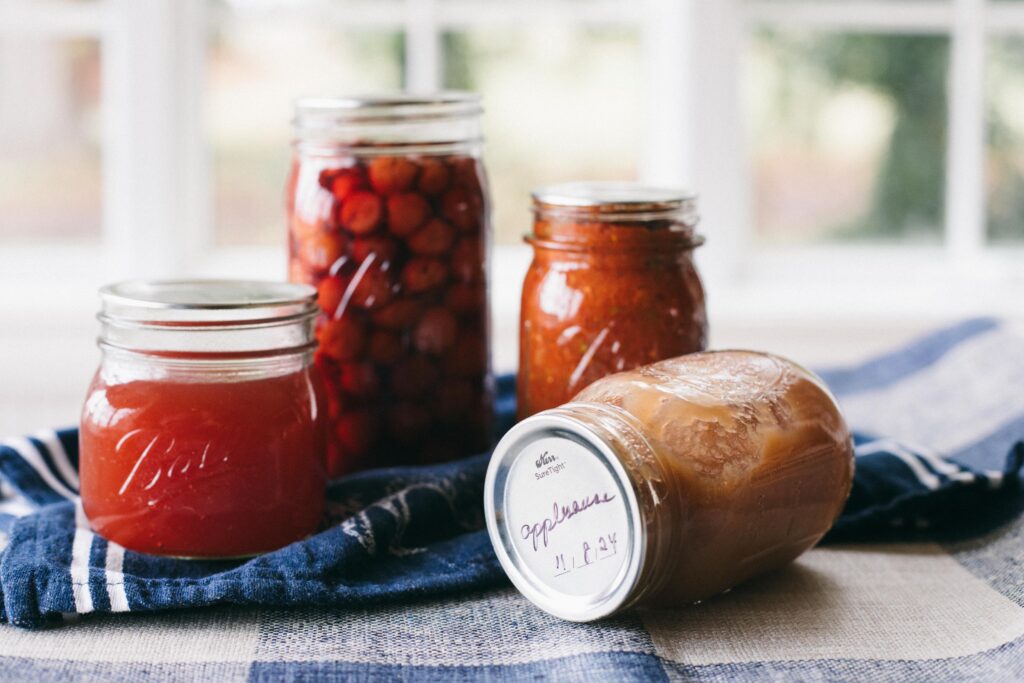
Gear to have on hand for canning and making preserves
Canning is enough work without having run in to the store every time you want to work on a project. I try to keep these items on hand all year long, that way whenever an opportunity presents itself, I’m ready to go. Here’s a few of my must-have items for canning and preserving.
Lemon Juice. A lot of recipes require lemon juice to make sure you have the proper level of acid. I buy a 3-pack of bottles and keep them in my pantry all year round.
Vinegar. I usually keep a gallon of plain white vinegar as well as Apple Cider Vinegar in my pantry all year long. In addition to making lots of delicious canning recipes, vinegar is useful for salad dressings, cleaning and much more!
Pectin. Pomona’s Pectin can take a little getting used to as it doesn’t function like regular store-bought pectin, but as it is a much more natural method, I prefer using it. I like to have at least 3 boxes of this on hand by the time at all times. Never know when the need for jam may strike!
Electric Water Bath Canner. This isn’t a must, but it has CHANGED my canning game, BIG TIME. I leave this plugged in on the counter in my mudroom all season, so it’s ready to rock when I find the time to squeeze in a quick batch of something. No more boiled over pots on the stove, or taking up valuable burner space.
Jars, Lids + Rings. It’s been years since I’ve needed to buy new jars, but two years ago I did stock up on giant boxes of lids, and it’s been SUCH a great thing to have on hand. Never again will I go without a major back stock, and never again will I have to worry about which lids have already been used.
Jar Holder, Funnel + Lid Magnet. I purchased each of mine separately, but this handy set I’ve linked has all the canning accessories you could possibly need. I especially love my funnel, jar holder and the lid-grabbing magnet.
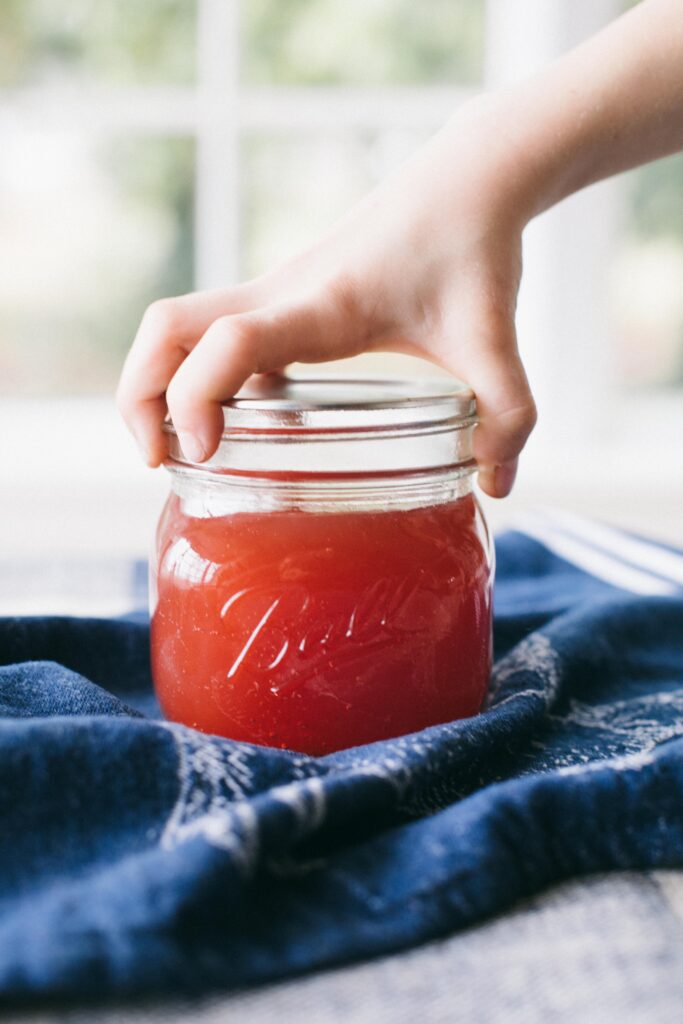
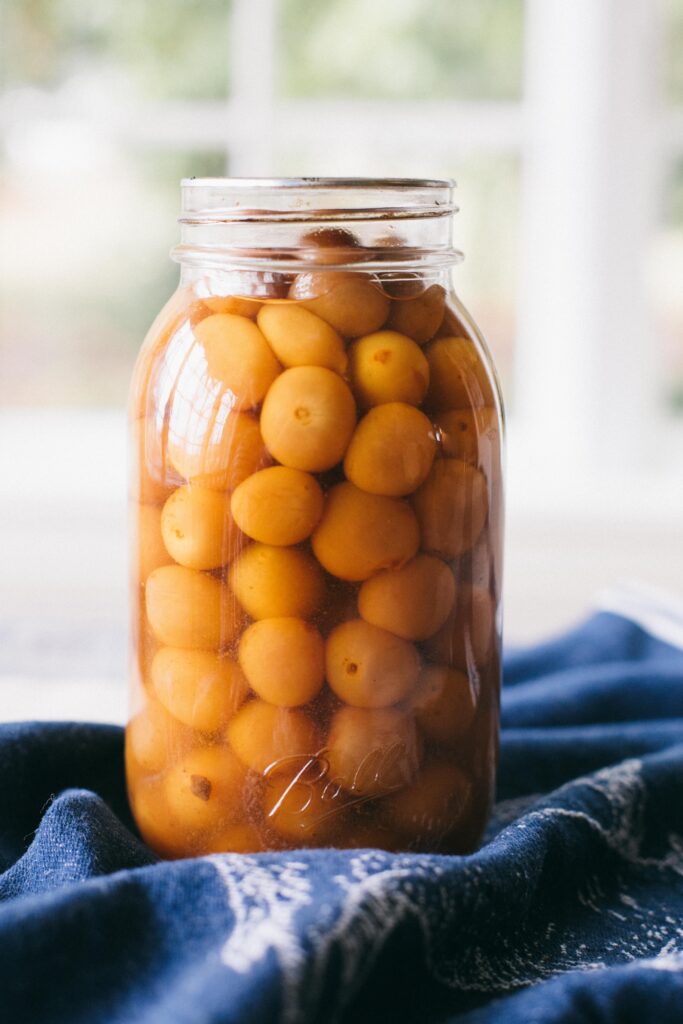
Preserves I made from my garden/homestead this year
I am very happy to report that this year was a FANTASTIC canning year. Not only did I produce a lot of preserves and fill the larder, but most importantly, I had FUN. The couple of years before I burned myself out so bad that canning seemed like the last thing I wanted to do, but this year I paced myself a bit more. I enjoyed and appreciated each item that came out of the garden, and we have been thoroughly enjoying the fruits of my labor.
A new recipe to me this year was Quince Jelly. We have two quince trees on our property, and I’ve never done anything with the quince besides add a few to our applesauce. But this year, inspired by this book, I decided to give it a whirl. I can tell you with confidence that this is now a STAPLE canning recipe for us, as my entire family is OBSESSED with this jelly. I had to hide jars in the back of the pantry to prevent them all being eaten at once.
The jelly is sweet, floral and tastes like nectar from heaven. I sure hope we have a quince bumper crop next year!
Preserves in my pantry this year
Jams + Jellies: Strawberry Freezer Jam, Marionberry Freezer Jams, Mixed Berry Jam and Quince Jelly.
Pickles: Dill Pickles, Bread + Butter Pickles and Pickled Jalapeños.
Fruit: Pie Cherries, Rainier Cherries, Concorn Grape Juice, Peaches, Pears and Applesauce.
Vegetables: Green Beans (frozen), Corn (frozen), Garlic (cured + saved), Butter Baby Squash.
Tomato Products: Roasted Tomato Salsa and Tomatillo Salsa.
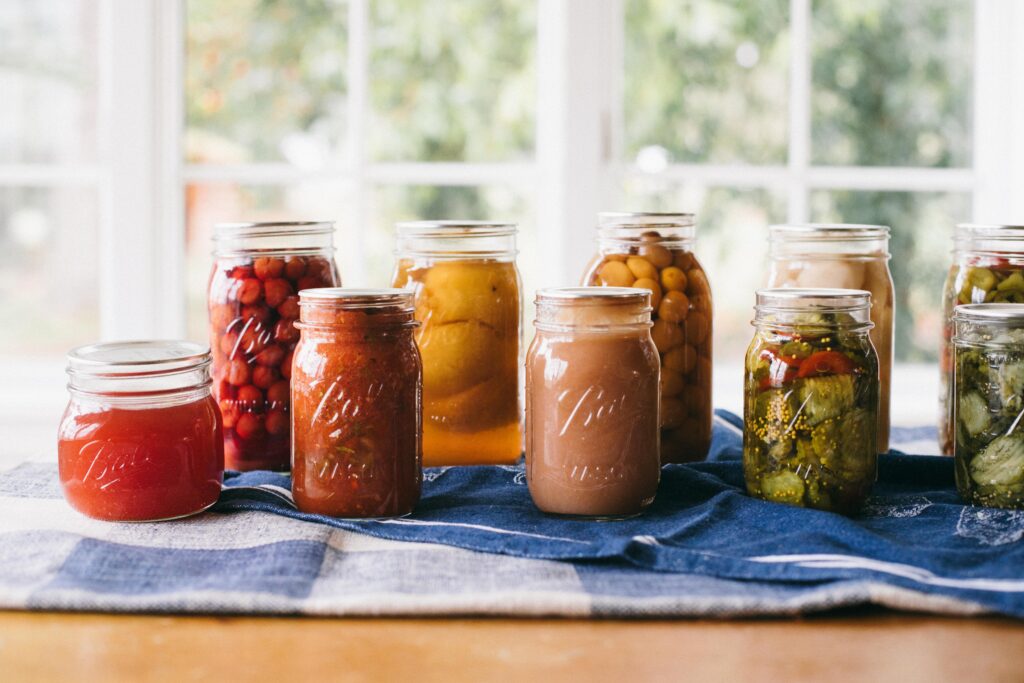
Good recipes for garden preserves
Another trick to canning things you’ll actually eat? Finding good recipes, of course! Call me old fashioned, but I still prefer a cookbook over recipes online. Here’s a few of my tried and true sources for excellent preserving recipes.
Ball Complete Book of Home Preserving. The canning bible, basically. I use this book for peaches, pears, grape juice and tomatillo salsa.
The Complete Guide to Pressure Canning. Full of soups, stocks and ready-made from-scratch meals, this book is full of good ideas I can’t wait to try. I’ve only used it for the basics, but it’s full of fun soups I’m dying to make.
Freeze Fresh. This isn’t necessarily a canning book, but I’ve used it to help freeze produce properly. Green beans, corn and LOTS of other good recipes and ideas.
Foolproof Preserving. This is the book that has my pickle recipes and I’ll never make another one. They are the best pickles I’ve ever eaten or made! So many good, tested recipes in this one. I love how it’s laid out and it has such clear and specific instructions. A must-have.
Ball Guide to Preserving. This was the first canning book I ever had, and it has served me well for over a decade. A must for all the basics. Perfect for beginners!
Share your canning secrets!
What are your favorite canning and preserves recipes? Leave a comment below and let me know.
And don’t forget to pin this image and share this post with other future food preservers! Happy canning!
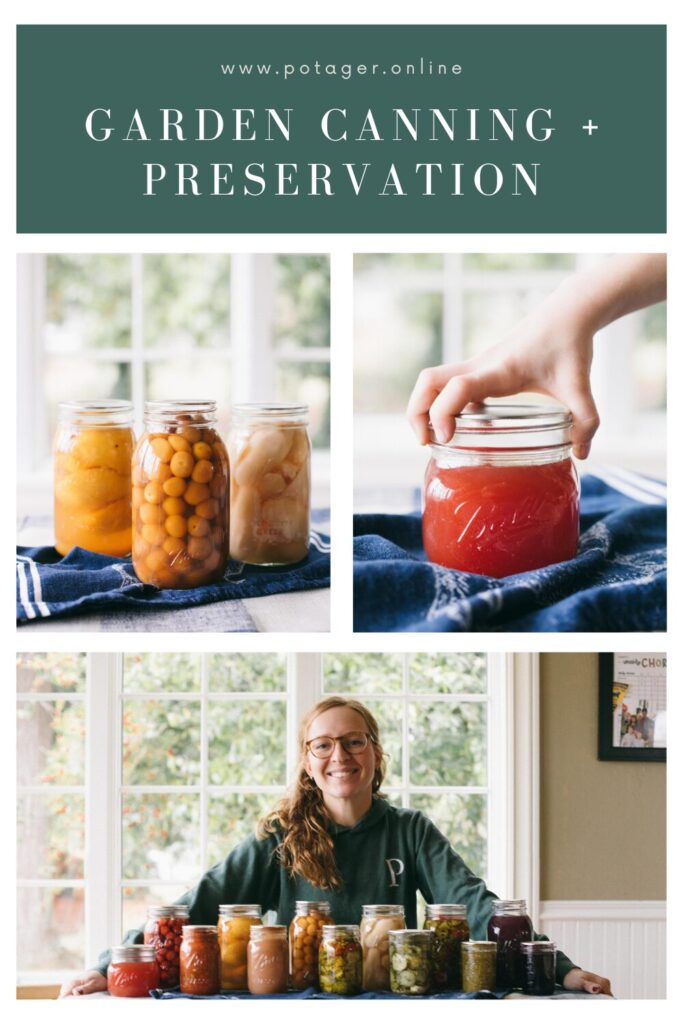
Kali
About Me
Hi! I’m Kali. Oregon mama, farmer’s wife and creator of the Potager book and blog. Join me and as we cook and garden the seasons!

